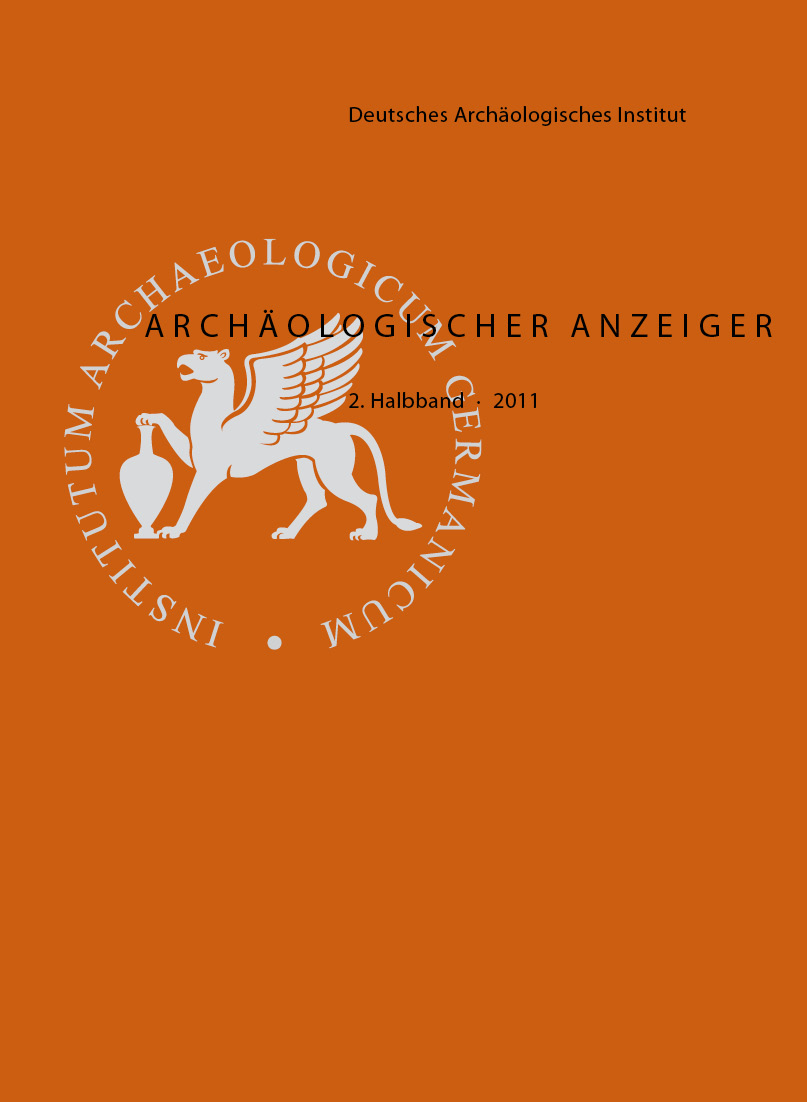Meroë and Hamadab – Urban Structures and Lifestyles in the African Kingdom of Kush. Projects of the 2010 Campaign
https://doi.org/10.34780/017y-46s1
Abstract
The Royal Baths at Meroë were built on a slope that slightly declines down to the Nile. In this area there are indications for earlier settlements and huge deposits of debris on which the stone city wall of Meroë was erected centuries before the building of the Royal Baths. Likely precursor structures of this city wall may be seen in the sturdy mudbrick walls which have now been discovered just above the natural ground in the north-west corner of the water basin of the Royal Baths. At the building complex conversion and/or repair work was undertaken, as building rubble and levelled spoil around the water basin show. The eastern enclosure walls of the Baths can be attributed to a second construction phase. The history of the Meroitic town of Hamadab begins with the planned foundation of the fortified upper town and can be divided into several phases, which correspond well with the settlement history of the Meroitic heartland. It has three principal periods, which display different morphogenetic factors. The discovery of a kiln site in the neighbouring suburbs illuminates the functional separation of the inner and outer parts of the town; it also provides excellent material for the investigation of Meroitic ceramic technology and trade relations with urban settlements in the vicinity. The comparative study of the ceramics found in the area of the Royal Baths at Meroë and at Hamadab has already revealed differences. These relate not only to the dating of the material, but also to the preferred clay materials and the procedure employed in producing the vessels either on the potter’s wheel or by hand.
Keywords:
Kush, Meroë, Hamadab, settlement archaeology, urban settlement, ceramic production





